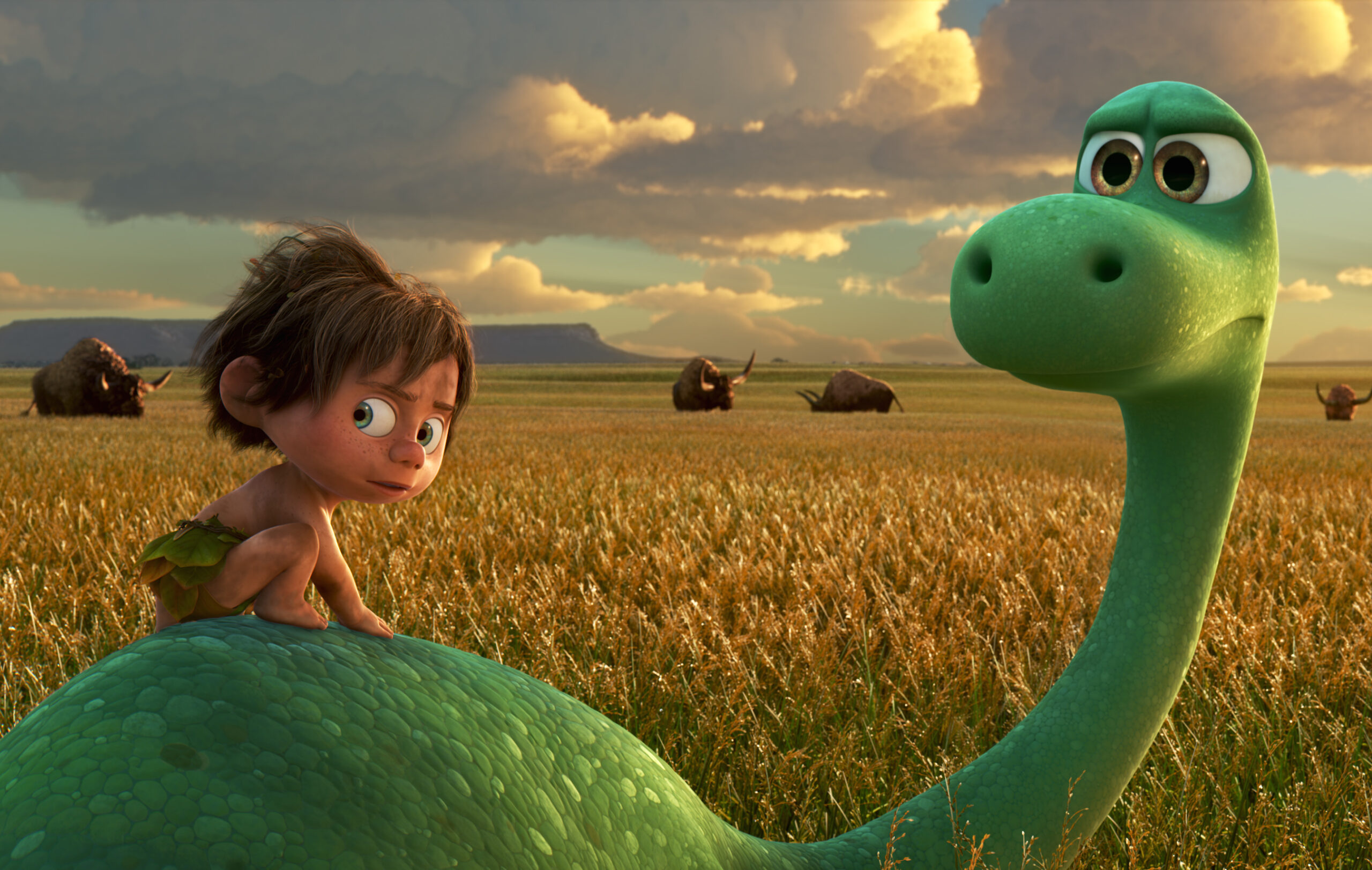Scientists May Have Found The Biggest Dinosaur in Europe in Some Poor Dude’s Backyard
When it comes to dinosaurs, I say, the bigger, the better.

Paleontologists have unearthed Europe’s biggest dinosaur to date…in someone’s back garden.
The initial find happened back in 2017, when a resident of Pombal, Portugal began excavating his yard to do some construction work on his house. He found what looked like fossilized bones in the ground, and called a team of scientists to come check it out. When they started working on the scene, they unearthed a colossal set of ribs and vertebrae, and estimated that the bones’ owner may have measured 38 feet high and 82 feet long.
The researchers believe that the bones belong to a type of dinosaur called a sauropod—that is, a quadrupedal dinosaur with a long neck and tail. Sauropods, which were herbivorous, included dinos like the Brontosaurus and Apatosaurus (in other words, the same kind of dinosaur as Arlo in The Good Dinosaur.) The research team thinks this particular dinosaur belongs to the family Brachiosauridae and have dated the fossils to about 160 to 100 million years ago. If correct, that dating puts this bad boy in the Upper Jurassic or Lower Cretaceous period.
Although this dinosaur is the largest ever found in Europe, it’s not the biggest dino of all time. That honor goes to Patagotitan mayorum, which was originally thought to measure 120 feet long (although that estimate is now in question). Still, the fossils found in Pombal are pretty damn big. If the research team’s estimates are correct, this find could be a member of a group of dinosaurs called the Titanosaurs, which is made up of the largest sauropods found around the world.
According to the initial report on Phys.org, the dinosaur’s skeleton is exceptionally well-preserved. Elisabete Malafaia, one of the scientists working on the dig, says that “it is not usual to find all the ribs of an animal like this, let alone in this position, maintaining their original anatomical position. This mode of preservation is relatively uncommon in the fossil record of dinosaurs, in particular sauropods, from the Portuguese Upper Jurassic.”
What that means, according to the research team, is that the rest of the skeleton is likely nearby. All the reporting so far is mum on what this means for whoever owns the house, so there are still some pressing questions that need answers. How big is this yard, exactly? Does this dinosaur extend into the neighbors’ yards? Are the researchers going to go on a terrifying research spree, ripping up everything in their path to get at those delicious fossils? Does wanting to watch that happen make me a bad person?
In the meantime, enjoy the fact that the world now has one more gigantic dinosaur in it.
(image: Pixar)
Have a tip we should know? tips@themarysue.com